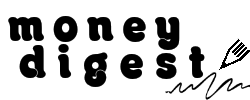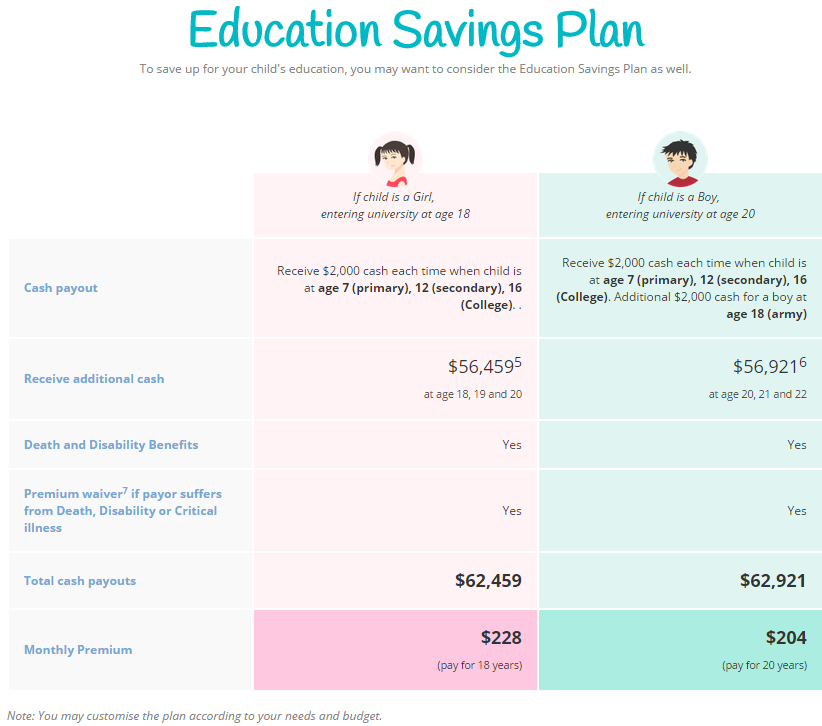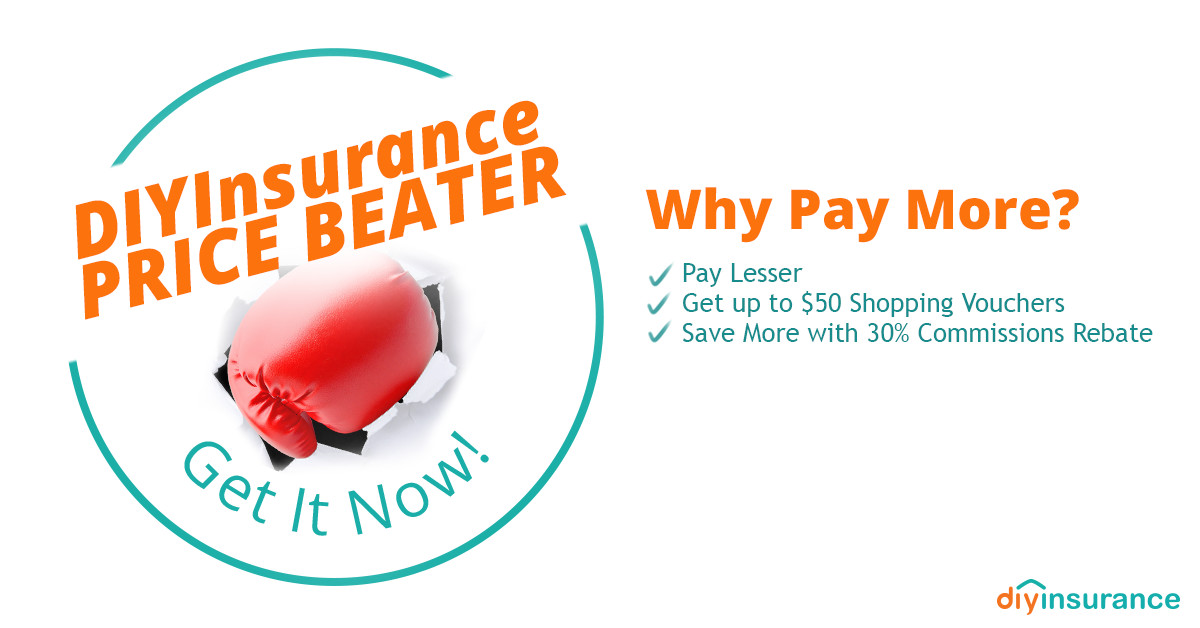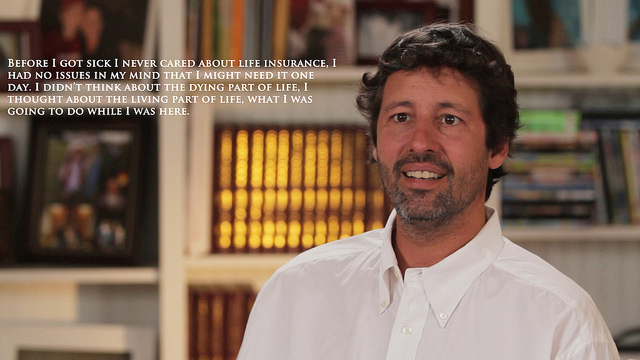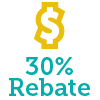Insurance is a binding contract or policy in which an individual receives reimbursement or financial protection against losses. It provides coverage or security against a myriad of unwanted or unforeseen events such as death of the spouse, permanent disability, critical illness, and damaged car.
First, you must determine the situation you are in then and decide what type of insurance is appropriate for you. The policies and the insurance jargons can be confusing to a novice. To help you, here are some things you should consider before purchasing an insurance policy in Singapore:
1. PRICES
When purchasing for an insurance policy in Singapore, look for the best-priced deal that is suitable for you because prices can vary from one company to the next. Furthermore, the policies these companies offer are different. So, beyond the price, it is important to consider other factors as well.
2. TYPES
There are three main types of insurance sold in Singapore namely: Life Insurance, Health Insurance, and General Insurance. It is important to make sure you know what you want and you know what the insurance policies entails.
a. Life Insurance
This policy protects you and your dependants by giving the sum assured under certain circumstances such as being permanently disabled or critically ill. The agreed amount of money is intended to help you and your dependants meet your financial needs.
b. Health Insurance
This policy covers accidents, illnesses, and disabilities that affects your health. To help you and your family deal with the expenses, different health insurance policies are available in the market.
c. General Insurance
This policy secures you against a wide range of events such as damage to your home or loss of your belongings. Upon the occurrence of the event, the insurance company will pay you with an agreed amount to cover a portion or all of your loss.
3. TERMS
As a newbie, you are exposed to different insurance terms that can sometimes be confusing. This is why you must read through a comprehensive glossary of terms such as this list compiled by A.M. Best Company. This is the sample:
a. Annuity- a type of insurance policy that pays out fixed income payments at regular timings for one’s retirement.
b. Premium- price of protection for a specified period of time or a specified risk.
c. Whole Life Insurance- a type of life insurance serves a lifetime of protection. The policy will pay out the total sum insured plus any additional that you have accumulated before you passed away or become permanently disabled.
